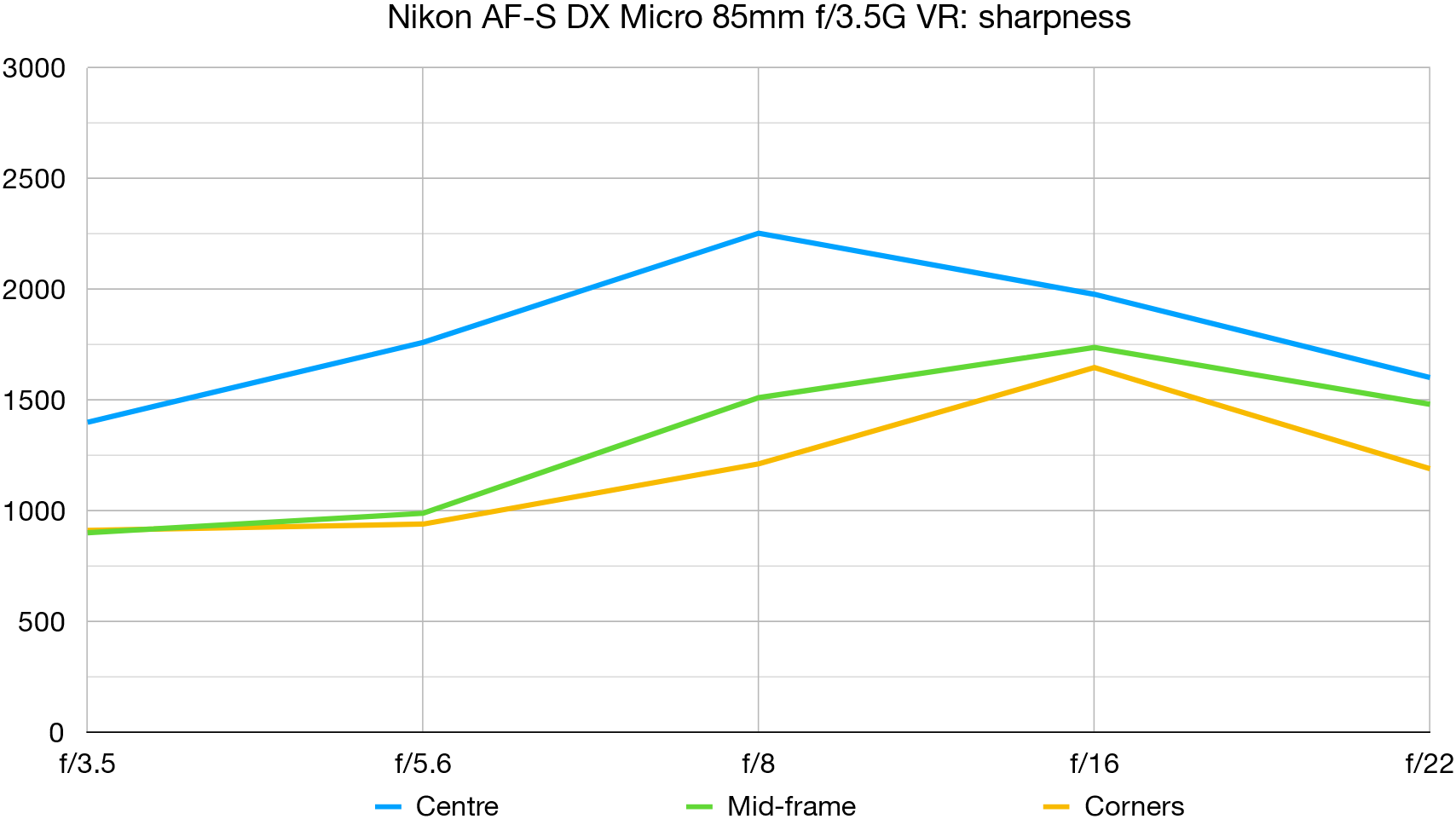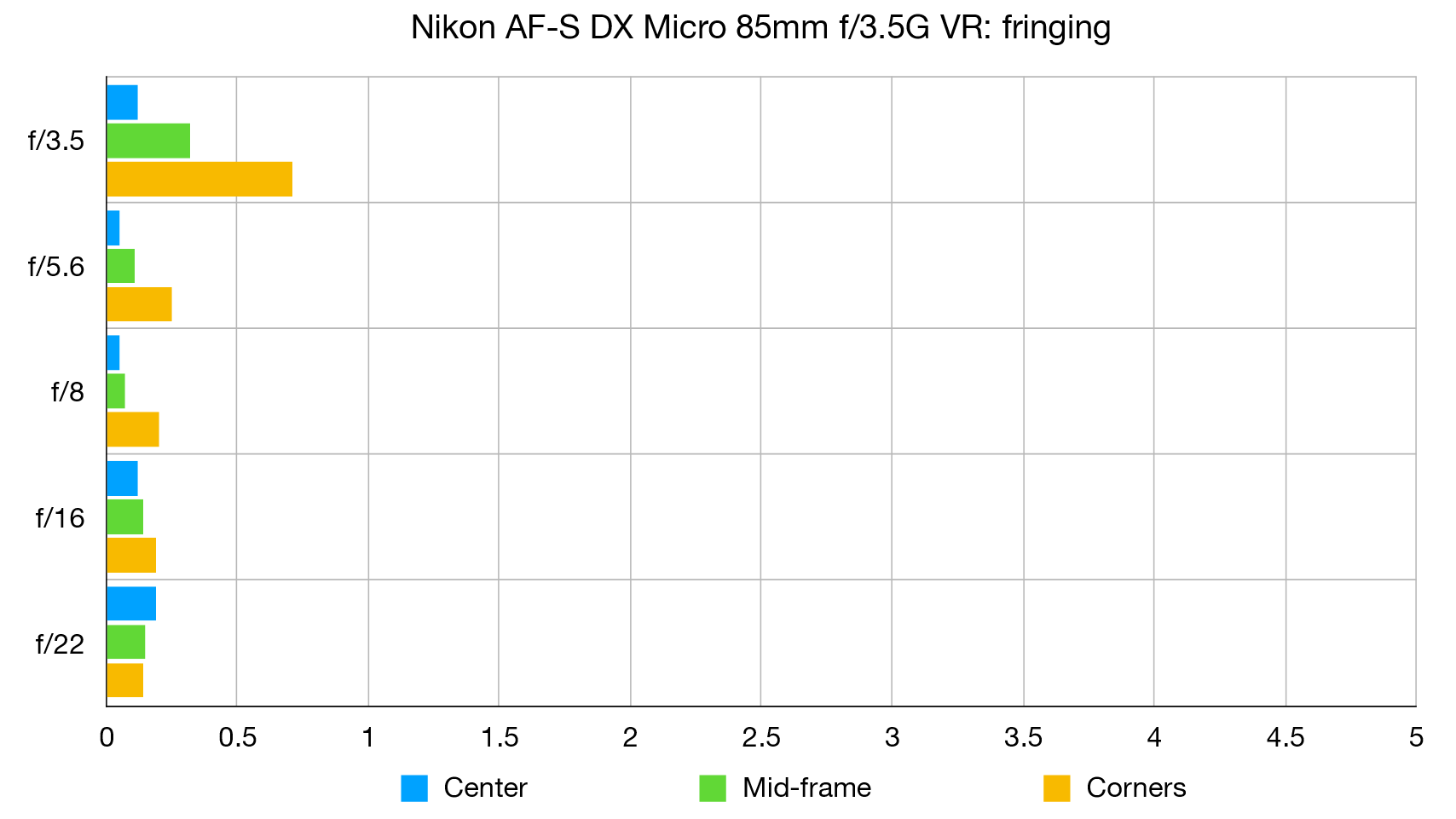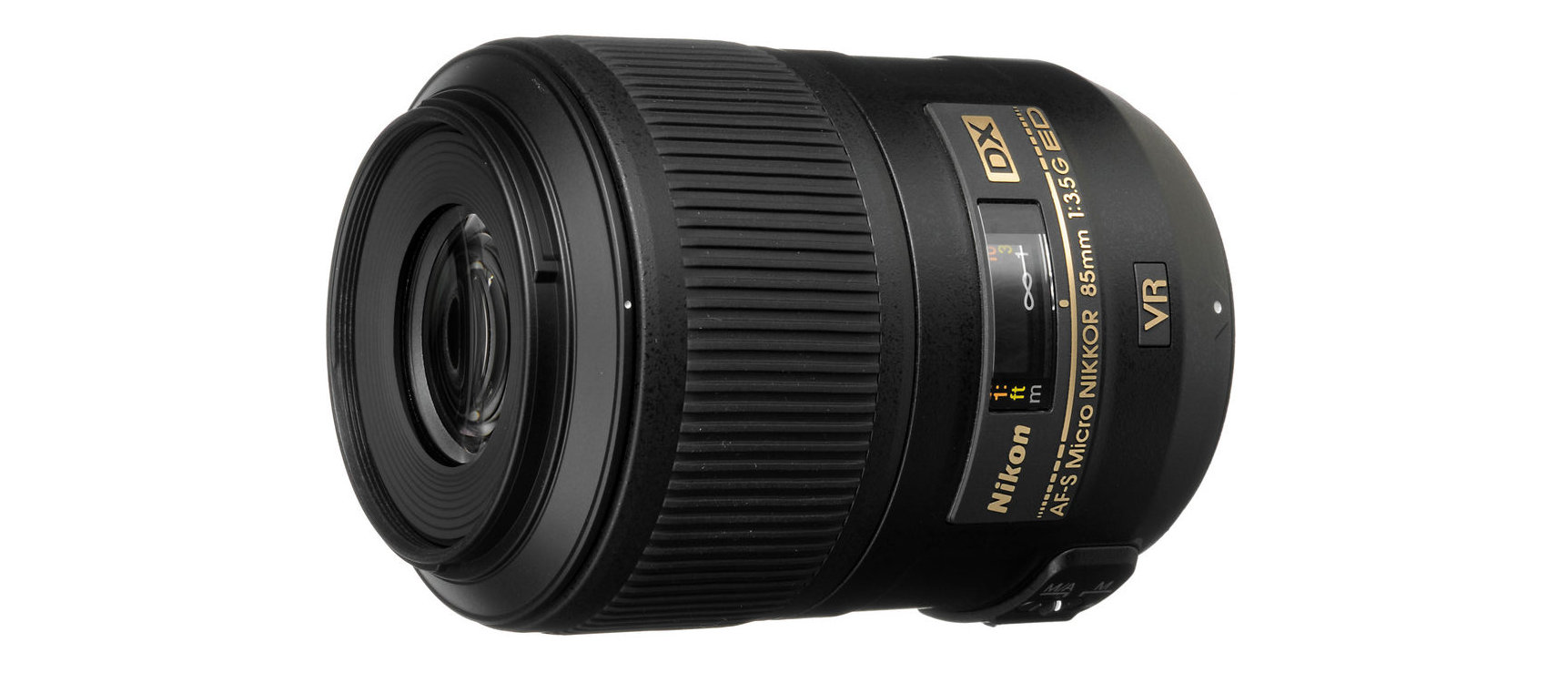Digital Camera World Verdict
It’s two-thirds of an f/stop slower than Nikon’s AF-S DX Micro 40mm lens and not quite as sharp but, for macro photography, it’s a much more useful focal length, enabling a more comfortable working distance for extreme close-ups. It also adds Vibration Reduction, or optical image stabilization, but that’s more of a benefit for general shooting, using the lens as a short telephoto prime with an effective focal length of 127.5mm on APS-C format cameras.
Pros
- +
Internal focusing
- +
Useful focal length
- +
3-stop optical VR
Cons
- -
Mediocre wide-aperture sharpness
- -
Not full-frame compatible
- -
Quite pricey to buy
Why you can trust Digital Camera World
As an ‘AF-S DX’ lens, the Nikon AF-S DX Micro 85mm f/3.5G VR is purpose built for APS-C format Nikon DSLRs. A bonus of this is that it’s smaller and less than half the weight of Nikon’s full-frame compatible AF-S 105mm f/2.8 G IF ED VR Micro. However, it’s not that much cheaper to buy and, naturally, if you upgrade to a full-frame camera at some point, you’d need to trade-in the lens for something else. For macro photography on a DX format Nikon, there’s a lot to be said for buying the full-frame compatible Sigma Macro 105mm f/2.8 EX DG OS HSM or the latest version of the Tamron SP 90mm f/2.8 Di VC USD Macro instead, which are around the same price.
Specifications
Mount: Nikon F
Full-frame: No
Autofocus: Yes
Stabilization: Yes
Lens construction: 14 elements in 10 groups
Angle of view: 18.8 degrees
Diaphragm blades: 9
Minimum aperture: f/32
Minimum focusing distance: 0.286m
Maximum magnification ratio: 1.0x
Filter size: 52mm
Dimensions: 73x99mm
Weight: 355g
Key features
The choice of focal length in macro lenses has more to do with working distance than telephoto reach. As such, this 85mm Micro has a considerably longer working distance at its closest focus setting for full 1.0x macro magnification, than its smaller 40mm sibling. Another plus point is that focusing is fully internal, so the inner barrel doesn’t extend as you shorten the focus distance. The net result is a comfortable 14.5cm distance between the front of the lens and the subject in full macro photography, compared with just 3.5cm for the 40mm lens.
Further benefits over the 40mm lens are the addition of an ED (Extra-low Dispersion) element and VR (Vibration Reduction). That said, the stabilization system is worth about 3-stops in general shooting but of typically little value for extreme close-ups, where it’s no real substitute for a tripod.
Performance
Performance and image quality are good overall. Sharpness is less impressive than in the Nikon 40mm lens, especially at wide apertures. The widest available aperture is also two-thirds of a stop slower than in all of the other lenses on test, at f/3.5. Both of those are moot points for macro photography however, as narrow apertures are often preferable so you can get even a small amount of depth of field.
Lab results
We run a range of lab tests under controlled conditions, using the Imatest Master testing suite. Photos of test charts are taken across the range of apertures and zooms (where available), then analyzed for sharpness, distortion and chromatic aberrations.
We use Imatest SFR (spatial frequency response) charts and analysis software to plot lens resolution at the center of the image frame, corners and mid-point distances, across the range of aperture settings and, with zoom lenses, at four different focal lengths. The tests also measure distortion and color fringing (chromatic aberration).
Sharpness:

It’s generally not as sharp as the Nikon 40mm Micro but gets into its stride at f/8 and narrower apertures.
Fringing:

There’s a little colour fringing towards the corners at f/2.8 but it mostly dies away when reducing the aperture.
Distortion: -0.58
The 85mm lens produces slight barrel distortion, which is entirely absent in the 40mm Micro.
Verdict
It’s two-thirds of an f/stop slower than Nikon’s AF-S DX Micro 40mm lens and not quite as sharp but, for macro photography, it’s a much more useful focal length, enabling a more comfortable working distance for extreme close-ups. It also adds Vibration Reduction, or optical image stabilization, but that’s more of a benefit for general shooting, using the lens as a short telephoto prime with an effective focal length of 127.5mm on APS-C format cameras.
Read more:
• Best camera lenses to get
• Best Canon lenses
• Best Nikon lenses
• Best Sony lenses
Matthew Richards is a photographer and journalist who has spent years using and reviewing all manner of photo gear. He is Digital Camera World's principal lens reviewer – and has tested more primes and zooms than most people have had hot dinners!
His expertise with equipment doesn’t end there, though. He is also an encyclopedia when it comes to all manner of cameras, camera holsters and bags, flashguns, tripods and heads, printers, papers and inks, and just about anything imaging-related.
In an earlier life he was a broadcast engineer at the BBC, as well as a former editor of PC Guide.


